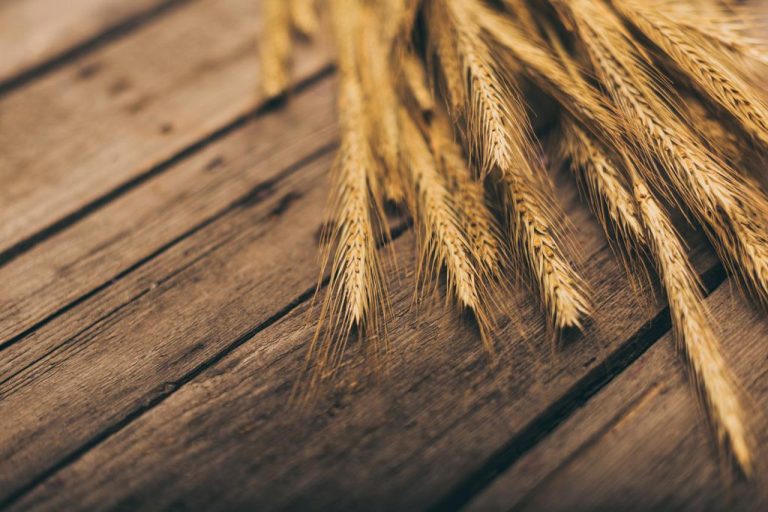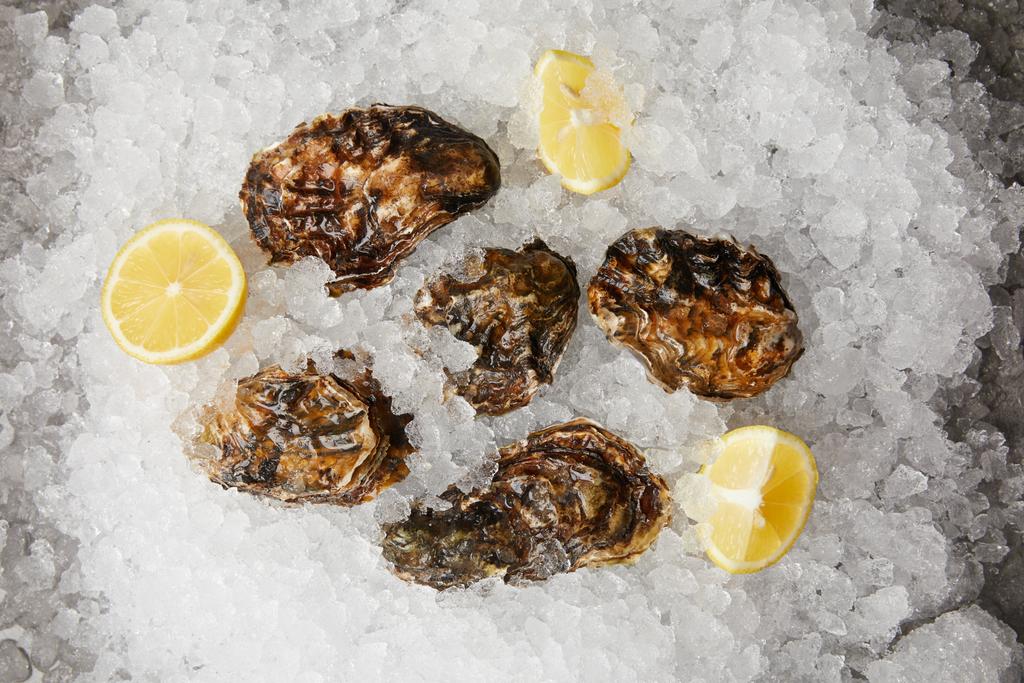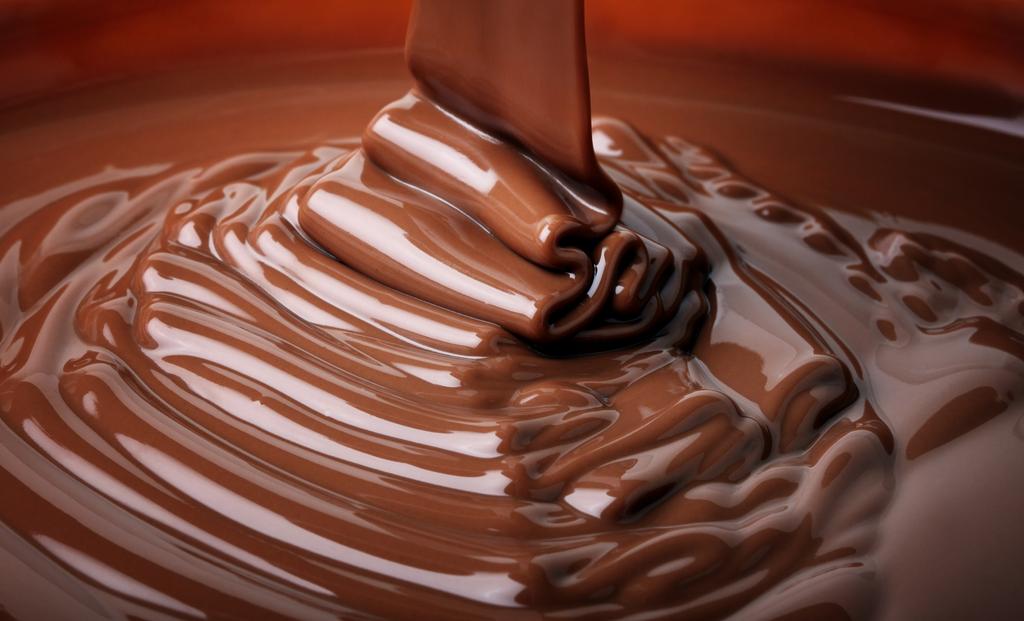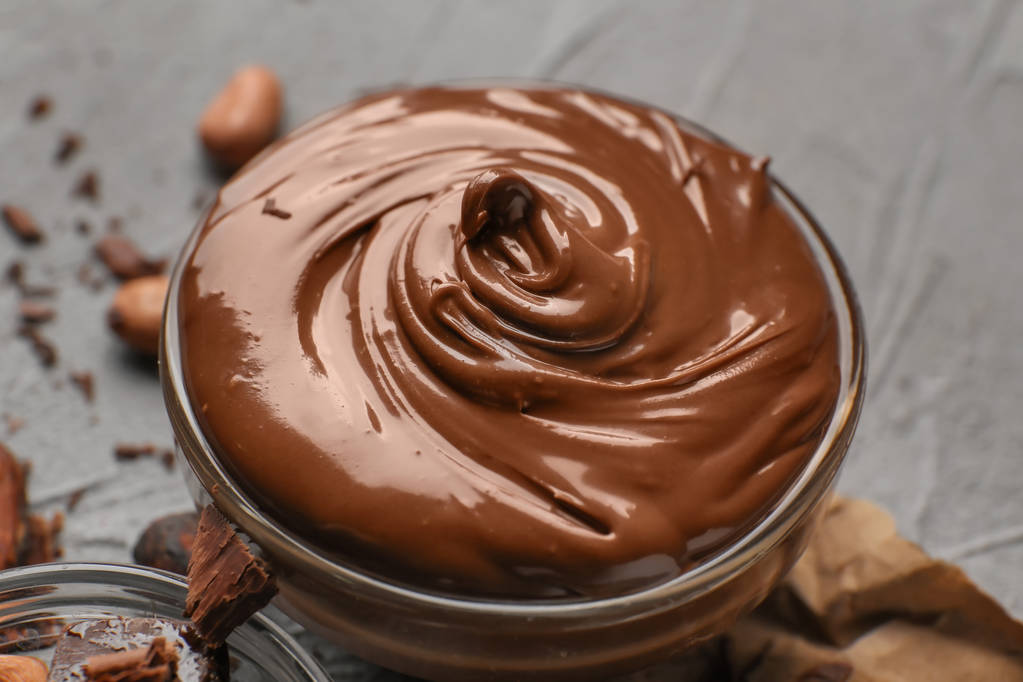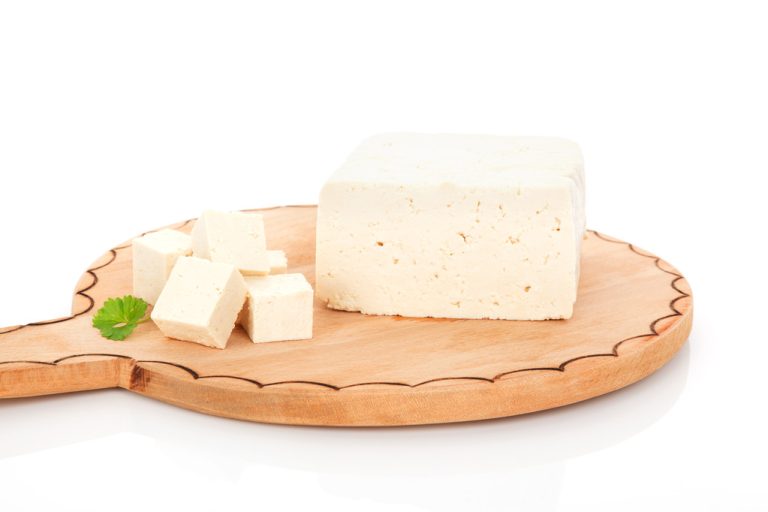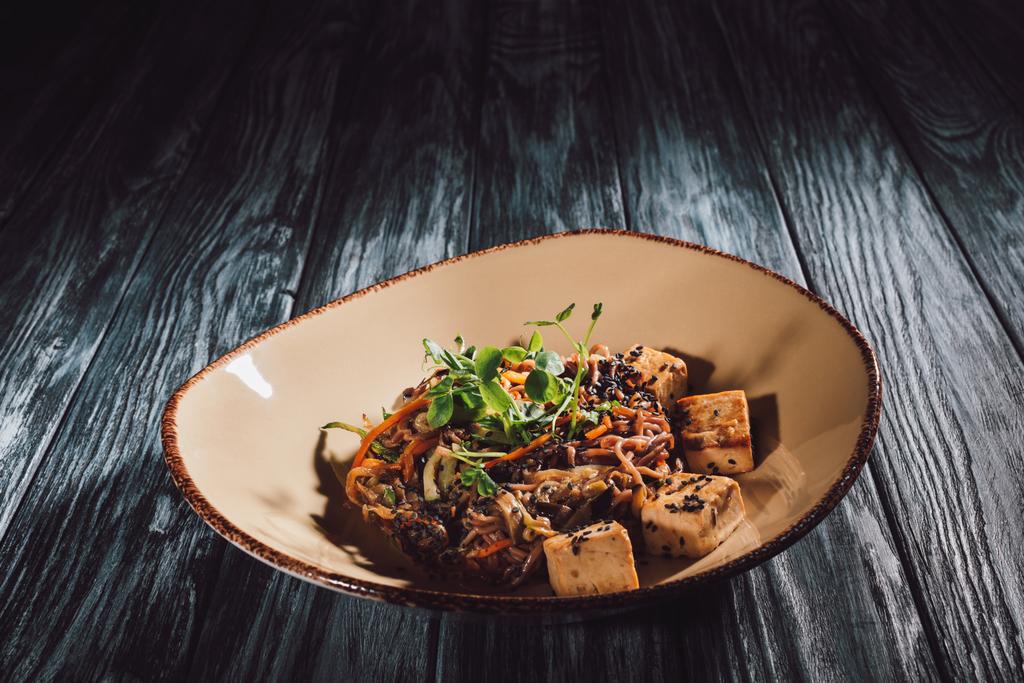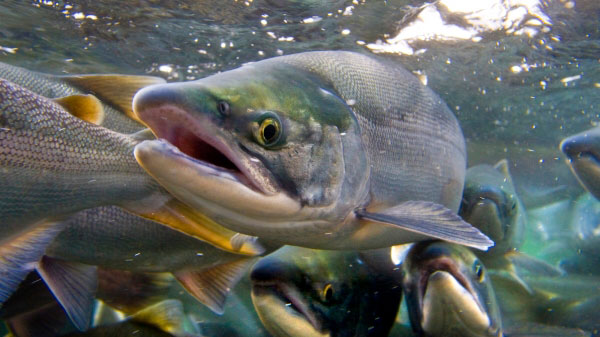Chimney cleaning should be done on a regular basis. This is the only way for the fireplace to work safely and efficiently – find out how here.
After each heating season, the fireplace should be cleaned so that it works efficiently and the risk of fire is reduced. You can do the work yourself with the help of an ash vacuum cleaner. Simple home remedies are usually enough to achieve a good effect and to clean both the combustion chamber and the pipe.
Why the chimney should be cleaned
Rising electricity prices have ensured that more and more households are using a fireplace to warm their own house. The fireplace is relatively inexpensive, and with modern technologies, it can heat the entire house. Wood pellets are relatively cheap to obtain and climate-neutral.
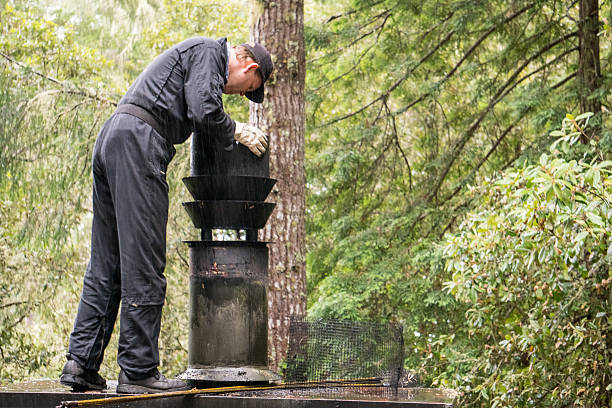
Nevertheless, the chimney should be cleaned thoroughly at regular intervals. If this is not done, the fireplace will no longer work efficiently. The heat is not optimally distributed in the house and the costs rise.
Much more serious, however, is the risk of soot fire. If too much ash is deposited in the pipes, it can ignite and lead to a fire. For this reason, the fireplace should be cleaned thoroughly after each heating period. Superficial cleaning is not enough. Above all, the pipes must be clean for the fireplace to function safely.
Here you will learn the most important steps to cleaning the chimney.
1) Vacuum the combustion chamber
Before the new heating season begins and you want to use the fireplace, you should service the combustion chamber. You can use a shovel to remove the coarsest dirt. However, to clean the entire combustion chamber, an ash vacuum cleaner should be used. Even fine ash can be sucked in with this. This allows for thorough cleaning of the combustion chamber. And this ash can be used to scatter sidewalks in winter.
If you don’t have a special ash vacuum cleaner, you can purchase an appropriate attachment for the conventional vacuum cleaner. This usually looks like a bucket that is connected to the vacuum cleaner. In this way, even the finest dirt in the combustion chamber is extracted. You should also use the vacuum cleaner to clean everything around the chimney and avoid typical vacuum cleaner mistakes.
2) Clean the lens
The fireplace not only provides heat but also spreads a pleasant atmosphere. Because what could be nicer than sitting in front of the warm fireplace in winter, in which the fire is blazing.
Most fireplaces have a viewing panel so that you can enjoy the fire from a safe distance. This quickly becomes dirty when using the fireplace. To get the best view of the fire, keep the pane clean.
One trick is cleaning with ash. You can do this by balling up old newspaper, dampening it slightly, and picking up white ash from the chimney. you can now clean the glass pane with the white ash. You can remove heavy, coarse dirt from the pane very well in this way.
However, cleaning with a glass cleaner is more conventional. You can also use this to clean the pane. However, you must ensure that no moisture penetrates directly into the chimney. You can also read home remedies for window cleaning.
3) Clean soapstone
Many fireplaces have soapstone cladding. This rock has wonderful properties for retaining heat and looks really good on a fireplace too. Over time, dirt builds up on the soapstone and it can even discolor. There are simple ways to make the soapstone look new again.
To clean the soapstone, it is sufficient if you use a normal washing-up sponge. With the rough surface, you can drive over the soapstone. This is sanded down a bit and the top layer is slightly removed. But always work the entire surface. Otherwise, there may be color differences.
4) Clean the tube
An important part of the chimney is the pipe. This transports a significant part of the heat and is directly exposed to the fire. In order to clean the pipe, it must be removed from the chimney. To do this, you should wrap it in plastic and transport it outside. Otherwise, the dirt will spread throughout your house and only make cleaning unnecessarily complicated.

Outside, you can place the pipe upright in a garbage can. The inside of the pipe is treated with a brush and a poker. Once the coarse dirt has been removed, you can use a hand brush to remove the finer dust. An ash vacuum is also recommended for this work and makes this cleaning step a lot easier.
When cleaning the tube, be aware that a lot of dust could be released. Only carry out the operation when you have completely sealed the pipe with plastic bags. Your own clothing is also affected. Therefore, you should only wear older clothes that are no longer meaningful to you.
Overall, chimney cleaning is relatively expensive. However, this is necessary for the fireplace to function efficiently. In addition, the risk of fire is reduced. There is no need to hire a professional chimney sweeper for cleaning. With an ash vacuum, you can clean the chimney independently with high quality.






